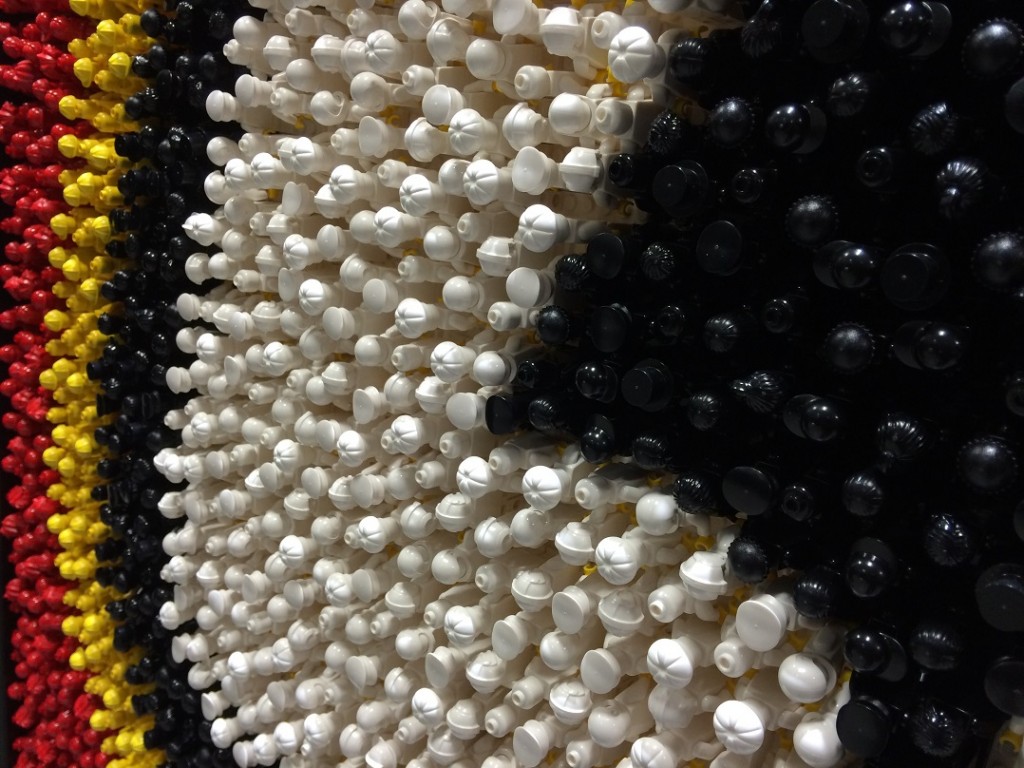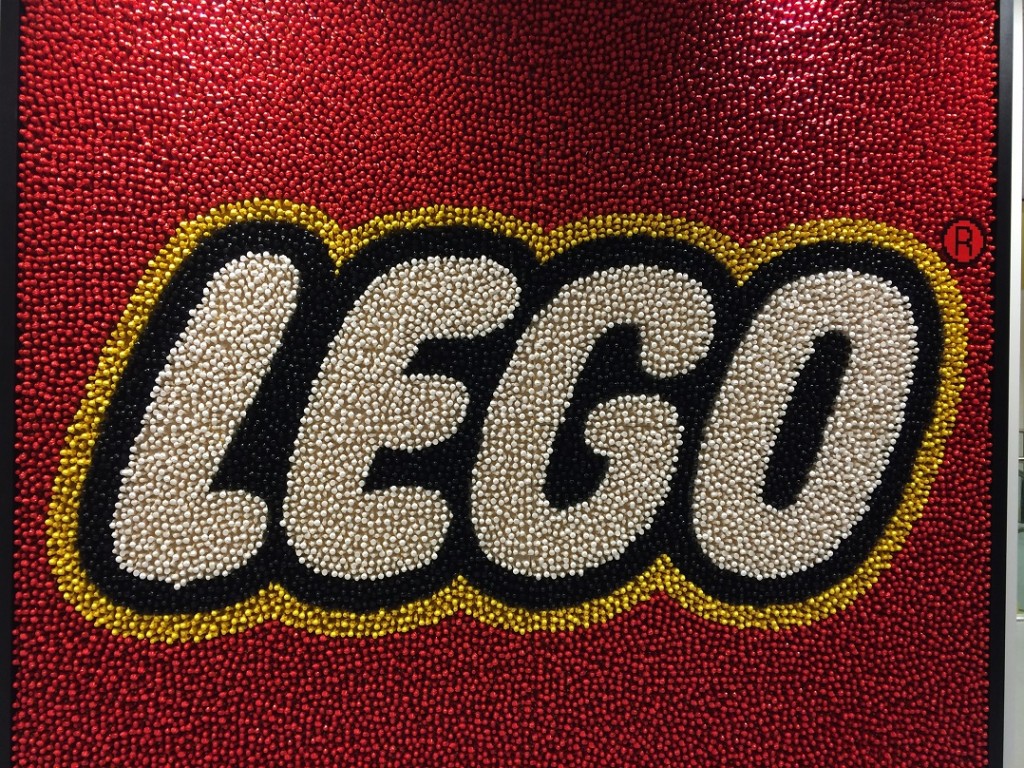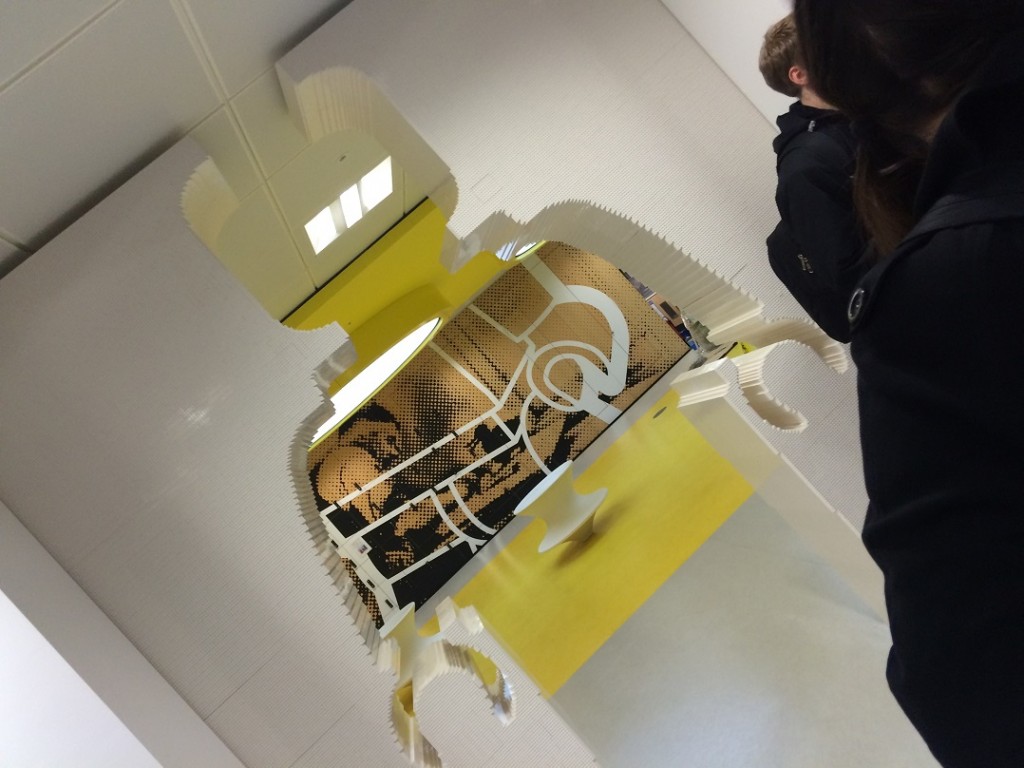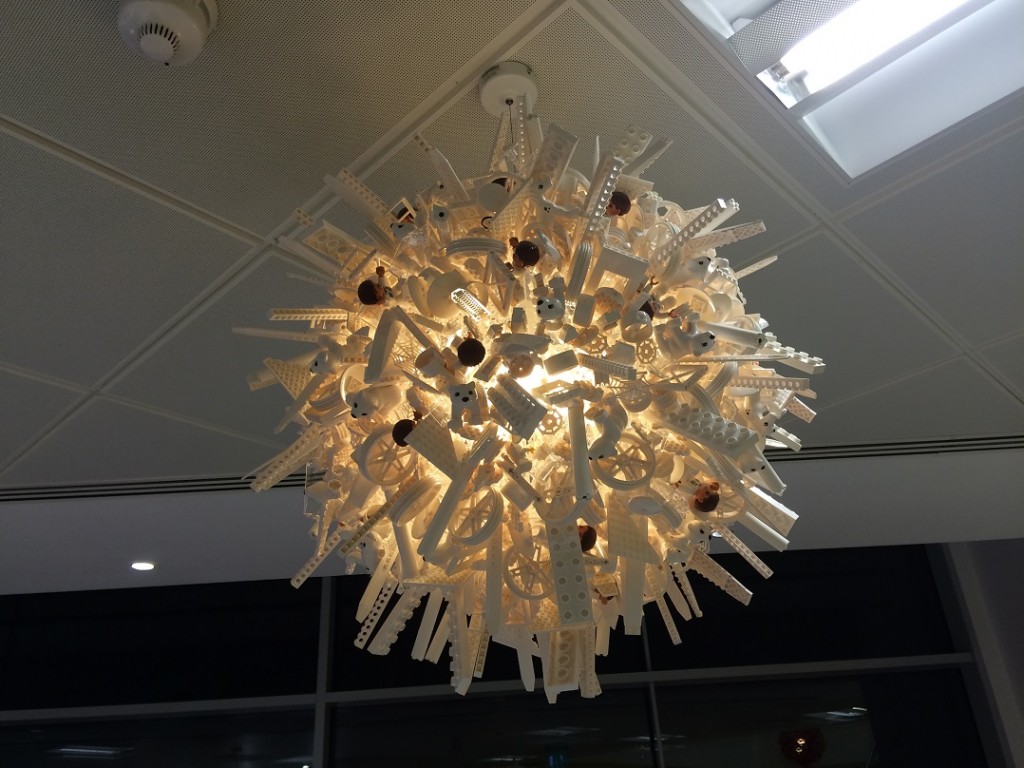 I don’t do a lot of cooking. So it was quite a surprise when a friend commissioned me to produce their wedding cake. In a strange way I should have seen it coming.
I don’t do a lot of cooking. So it was quite a surprise when a friend commissioned me to produce their wedding cake. In a strange way I should have seen it coming.
To cut a long story short, the cake is not made of eggs butter and flour. It’s made of Lego. And the first question everyone asks is “how long did it take you to make it?”
The bride gave me 15 months notice to make the cake. The actual building didn’t take very long. It was the planning that took the time. Planning what it was going to look like. Researching what real wedding cakes look like. Finding out the right sizes of each tier so they look right. And working out how to make circular things with square bricks.
The end result was an amazing success. The bride and groom were very happy with it. From a distance it looked like an ordinary cake. but everyone wanted a closer look, and everyone was taking photos.
There are various ways of making round things out of square bricks. The bottom tier uses a “traditional” method, like “steps” on their side. Most of the models and giant statues at Legoland use this method. I used the Paint program on my PC to draw circles of various sizes, and zoomed in to get a blocky circle on the screen, showing me where the bricks should go relative to each other. Then I experimented to see which size circle looked right. I created a number of quarter-circles in various radii to work out how thick to make the side of the cake (it is actually hollow, but needs a certain thickness so it doesn’t fall apart when you pick it up). This also helped me calculate how many more bricks I needed to buy.

The top tier uses a different method of construction. By alternating the 1×3 bricks and the round bricks, it is possible to create a wall which can be curved. It looks a bit like the Colosseum. My first attempts were very multi-coloured, but this also helped me work out how many more bricks I needed to buy.

The middle tier uses another technique again. The method of construction relies on a special Lego part that was used in a Star Wars set from 2003 and some Lego Technic parts.

This construction method has the studs arranged horizontally around the edge of the cake. This tier is made up of 40 “slices” internally held in place by Technic pins slotted into the wheel, and held in tension externally against the neighbouring slice. The last slice was rather difficult to get into place… especially as I had to rebuild it several times. I didn’t have enough white 2×12 plates initially. Although the first attempt helped me work out how many more bricks I needed, I miscounted, and had to order some more with only a few weeks to go before the wedding. The overall effect is very different from the other two slices, because it creates a much smoother circumference. This tier of the cake is also surprisingly heavy.
 The cake has a feature not seen on most wedding cakes – a garage door. Remember I said that the cake is hollow? Inside the bottom tier of the cake is a lorry (the bride has an HGV licence). The door mechanism was quite a challenge. It uses slotted bricks as guideways for the bottom and top of the door to follow. After much experimentation, I found it was necessary to have separate guideways for the bottom and the top of the doors. It’s a bit fragile, and needed repairing several times on the day of the wedding, but it was a great success.
The cake has a feature not seen on most wedding cakes – a garage door. Remember I said that the cake is hollow? Inside the bottom tier of the cake is a lorry (the bride has an HGV licence). The door mechanism was quite a challenge. It uses slotted bricks as guideways for the bottom and top of the door to follow. After much experimentation, I found it was necessary to have separate guideways for the bottom and the top of the doors. It’s a bit fragile, and needed repairing several times on the day of the wedding, but it was a great success.
 On the lorry’s flatbed trailer are two slices of cake. I take absolutely no credit for this fourth cake design. These come from the genius of Chris McVeigh, who produces all kinds of other amazing things in Lego.
On the lorry’s flatbed trailer are two slices of cake. I take absolutely no credit for this fourth cake design. These come from the genius of Chris McVeigh, who produces all kinds of other amazing things in Lego.
The lorry also helped us resolve a practical matter on the day of the wedding: how are the bride and groom going to cut the cake? About three weeks before the big day, I realised we also needed a knife…

Please leave comments below if you want me to go into more detail. For the record, the wedding was in March 2015, in England.
(This post first appeared on my Blogspot blog on 29th March 2015)
 yup: thousands of LEGO Minifigs with their heads towards the front.
yup: thousands of LEGO Minifigs with their heads towards the front.











